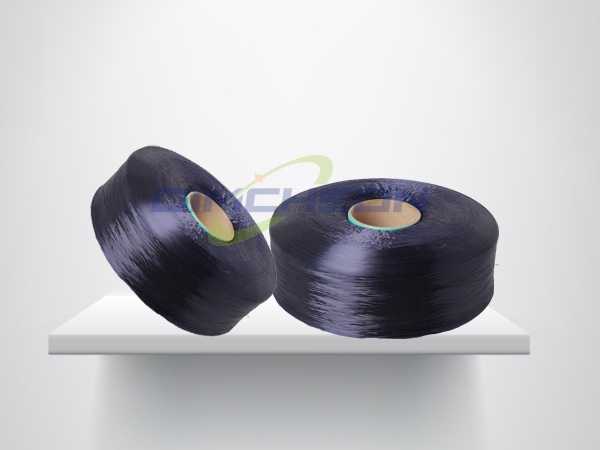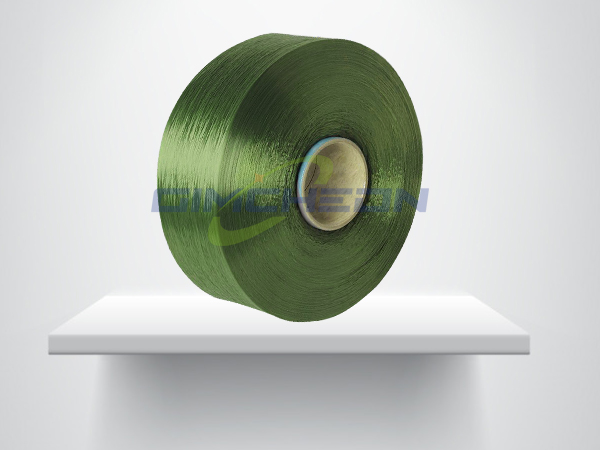

- Tel:0086-0595-83993333
- cel:0086-13506902333
- E-mail:admin@jqfibre.com
- add:Longshi Road, Fashion Apparel Industrial Park, Longhu Town, Jinjiang City, Fujian
Influenced by multiple factors, the overall export growth of China's trade in goods slowed down in September this year, and the prices of yarn and fabric, which are final consumer goods, household textiles and intermediate products in the industrial chain, all fell. But the ASEAN and Japan markets are positively stimulating our overall export, and our textile and apparel exports have maintained steady growth. In addition, RCEP member states and some emerging markets have performed well. Looking forward to the fourth quarter, Chinese textile clothing export still has many bright spots.
Asean, Japan market performance firm
In September, statistical data showed that ASEAN and Japan's markets were exerting positive influence on our overall export, and our textile and clothing exports maintained steady growth. The Kyrgyz market has shown outstanding performance this year. During the first nine months of this year, China exported 6.3 billion US dollars of textiles and garments to Kyrgyzstan, nearly doubling year-on-year growth. The export of needle-woven garments fell further to 30% year-on-year, in which the export volume fell 41% and the average export price rose 18.4%.
In September, China exported $4.78 billion of textiles and apparel to ASEAN, up 19.6% year on year. Although the growth rate was 4 percentage points lower than that of the previous month, the export rose 6% month on month. Among them, the export of major commodity fabrics increased by 10.4% year on year, and both the quantity and unit price maintained growth.
From January to September, China exported 41.71 billion US dollars of textiles and clothing to ASEAN, among which the major commodity fabric increased by 22% year-on-year, and the export price increased by 13.5% and 7.4% respectively.
In September, the value of Chinese textile clothing exports to Japan increased by 7% year on year, higher than the average. The export volume of needle-woven clothing increased by 4.4%, in which the export quantity decreased slightly by 0.2% and the average export price increased by 4.6%.
From January to September, the cumulative export of Chinese textiles and clothing to Japan was $15.07 billion, in which the big category of needle-woven clothing increased by 4.5%, in which the export volume decreased by 2.1 and the export price increased by 6.8%.
In September, China's textile and apparel exports to RCEP member countries outperformed the global situation, with exports to Vietnam, South Korea and Australia recording year-on-year growth of 34.1 percent, 5.4 percent and 34.4 percent, respectively.
In September, China's imports of textiles and clothing from RCEP member states fell by 14.6 percent year-on-year, and the cumulative import from January to September fell by 11.7 percent, a smaller decline than the average.
Exports in the fourth quarter are expected in the future
In September, the US CPI rose 8.2% year on year, down from the previous month's 8.3%, but still high, and the month-on-month growth exceeded expectations by 0.4%, the core consumer price index further increased to 6.7%. Stubbornly high inflation has extended the timetable for a sharp rise in US interest rates, which is expected to last until the first half of next year. Eurozone CPI rose 9.9 per cent in September from a year earlier, the highest on record. Germany rose to 10 per cent and all three Baltic countries exceeded 20 per cent. The European Central Bank estimates that inflation in the euro zone will be as high as 8.1 per cent this year, before hopefully coming down to reasonable levels in 2024. Based on the expectation of a possible recession in Europe and the United States, the International Monetary Fund (IMF) in its latest World Economic Outlook released in October lowered the global economic growth rate to 2.7 percent in 2023 from 2.9 percent predicted in July, and kept the growth rate unchanged at 3.2 percent in 2022.
Looking forward to the fourth quarter of textile clothing exports, there are still many bright spots.
In terms of commodities, the market of thermal products such as electric blankets has obviously encountered an explosive period this year. In the first three quarters, China exported more than 20 million electric blankets, with a year-on-year growth of 18.2%. Of these, nearly 5 million were exported to Europe, up 34 percent year on year. Although the export peak has passed, but now the European winter, due to the market hot and replenishment of inventory demand, the end of the year is expected to be another wave of thermal products.
At the end of the third quarter, RCEP member states and some emerging markets performed well. In September, China's textile and apparel exports to South Korea and Australia increased by 5.4% and 34.4%, respectively, year-on-year, by 74.6% to five Central Asian countries and 6.2% to Latin America, effectively slowing down the decline of overall exports. The depreciation of the RMB against the US dollar and the falling purchase price of raw materials have also helped to slow down the decline in exports and expand corporate profits.
- How about clothes made of polypr
- The clothing industry is undergo
- Application field of polypropyle
- The dust of the US election has
- What are the broad uses of Texco
- Operation analysis of China's in
- From January to August this year
- Characteristics of polypropylene
- Application of polypropylene lig
- Textile industry scale and curre




